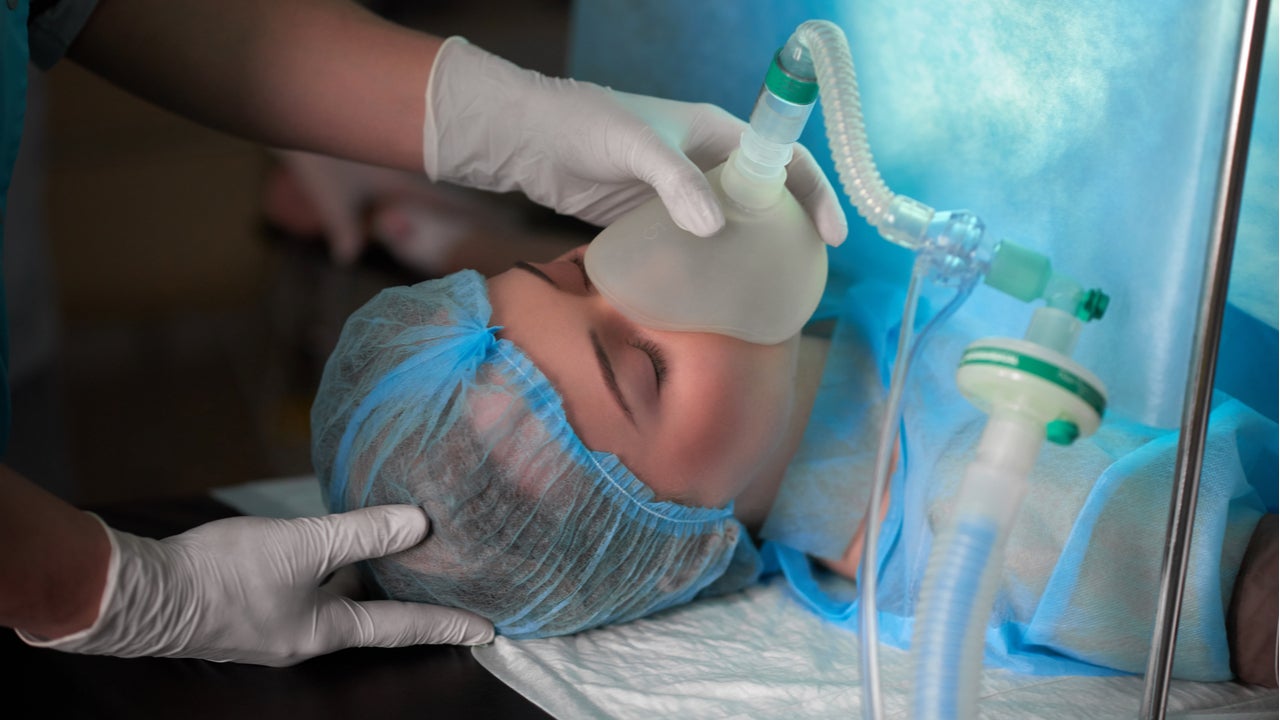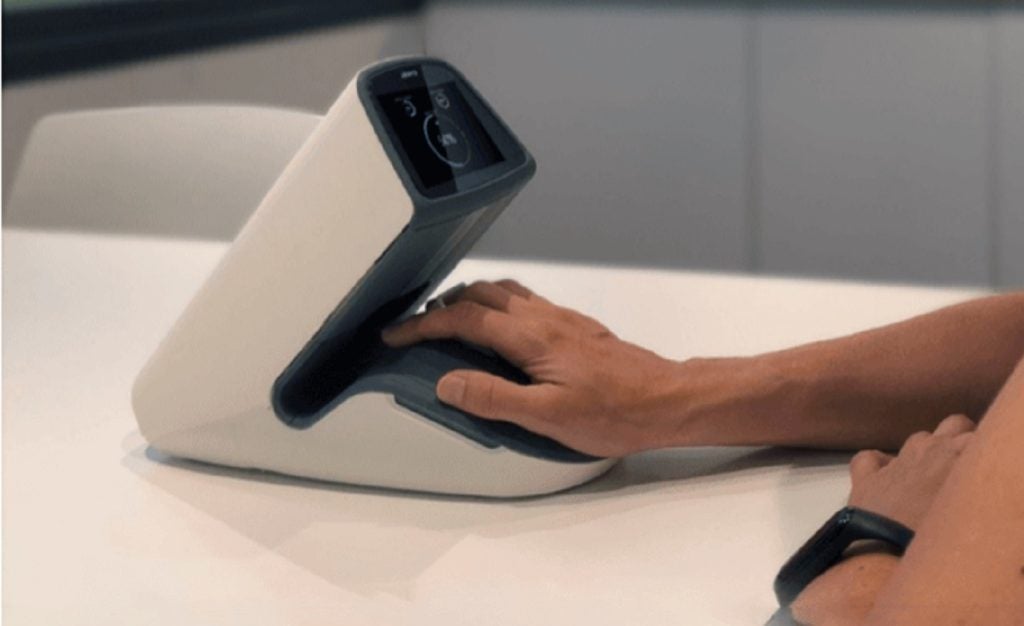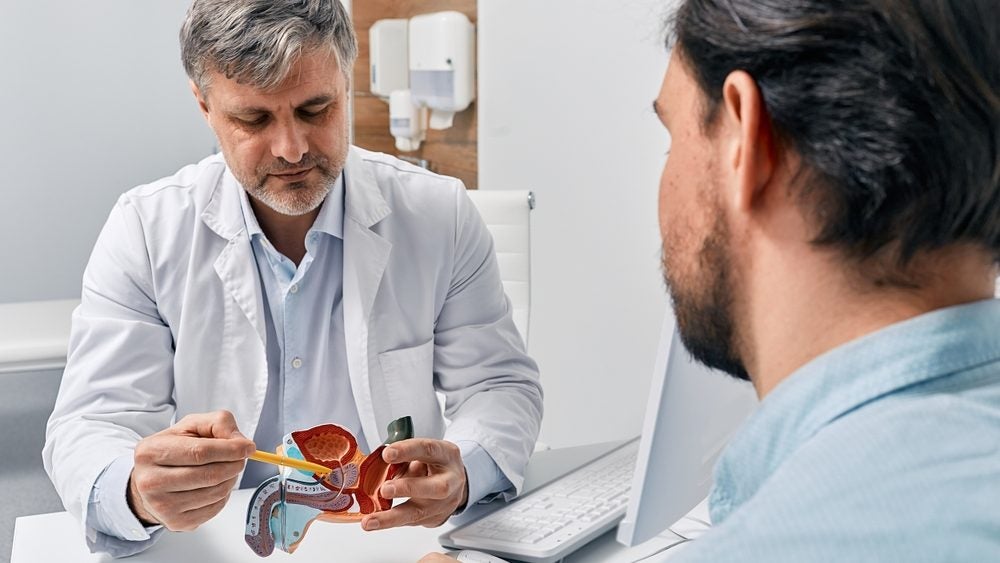
The NHS contributes 5.4% of the UK’s national greenhouse gas emissions, and the amount of anaesthetic gas used annually in a mid-size UK hospital has the same environmental impact as 1,200 cars. The majority of anaesthetic gas used is exhaled out into the atmosphere, which adds up to a lot of carbon dioxide – for an hour’s use of the anaesthetic desflurane, over 60kg of carbon dioxide is released. Many firms are now trying their hand at recycling this exhaled gas, allowing it to be purified and reused in future surgeries.
EMV Capital recently invested £1.6m in anaesthetic gas recycling technology firm SageTech Medical Equipment. The pre-series A round is part of a fundraising strategy to complete ongoing pilots in UK hospitals, as well as scaling up commercial operations to meet demonstrated global demand for the technology. It will also be used to support market authorisation of SageTech’s recycled anaesthetic product.
How does SageTech’s anaesthetic gas recycling work?
Currently, hospitals typically use anaesthetic gas scavenging systems (AGSS) to collect anaesthetic gases and filter them out into the atmosphere. SageTech’s technology is designed to help anaesthetic recycling efforts even in temporary operating theatres that don’t have these systems, by allowing hospitals to capture waste anaesthetic gases exhaled by patients in the operating theatre.
EMV Capital managing director Dr Ilian Iliev says: “Waste anaesthetic gas exhaled by the patient is captured at the exhaust of the anaesthetic machine by canisters filled with an absorbent medium. SageTech’s patented technology extracts the waste gas from canisters using supercritical CO2 to separate the absorbed anaesthetic gas from the absorption medium. The canisters can be re-used hundreds of times once SageTech’s extraction machine has removed the waste product.
“This process operates through a fully automated extraction machine installed in the hospital, which transfers canisters from operating theatres directly into the machine. The extracted waste is bulked up in situ and can then be stored in SageTech’s facilities or potentially taken to a purification facility, where the active anaesthetic agent can be purified from the waste product.”
This also means that temporary operating theatres may be able to use more volatile anaesthetics. Temporary operating theatres typically cannot use volatile anaesthetics because the non-metabolised and exhaled gases present a significant risk to the surrounding environment.
How well do you really know your competitors?
Access the most comprehensive Company Profiles on the market, powered by GlobalData. Save hours of research. Gain competitive edge.

Thank you!
Your download email will arrive shortly
Not ready to buy yet? Download a free sample
We are confident about the unique quality of our Company Profiles. However, we want you to make the most beneficial decision for your business, so we offer a free sample that you can download by submitting the below form
By GlobalDataSince SageTech’s capture technology can be incorporated directly onto the exhaust of the anaesthetic gas machines, this could eliminate the need for the fixed infrastructure, enabling temporary operating theatres to be established where and when they are needed.
Once the gas has been recycled, it can be sold for reuse in both human and veterinary surgeries. This is something Iliev says could be achieved through partnerships with pharmaceutical manufacturers or through in-house production.
What’s next for SageTech?
EMV’s investment in SageTech follows a successful first close alongside existing investors in November last year. Since then, John Clarkson, chairman of NetScientific – EMV’s parent company – has joined the board of SageTech to support the company’s ongoing growth.
Different aspects of SageTech’s solution now require compliance with different pieces of regulation and certification. The capture and extraction elements of the technology are currently undergoing NHS trials, which will establish required compliance with medical device regulations. Meanwhile, the purification of the waste will be assessed within the potential purification facility as part of the company’s roadmap.
Iliev says: “Volatile agents are minimally metabolised with over 95% exhaled, unchanged, with hospital ventilation systems releasing the waste agent to the atmosphere. These anaesthetic gases can have global warming potential up to 3,700 times the equivalent amount of CO2 emissions—consequently, even the comparatively small volume of anaesthetic gas can have a significant environmental impact.”







